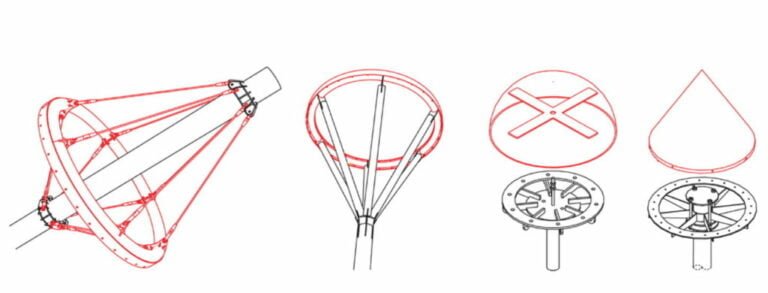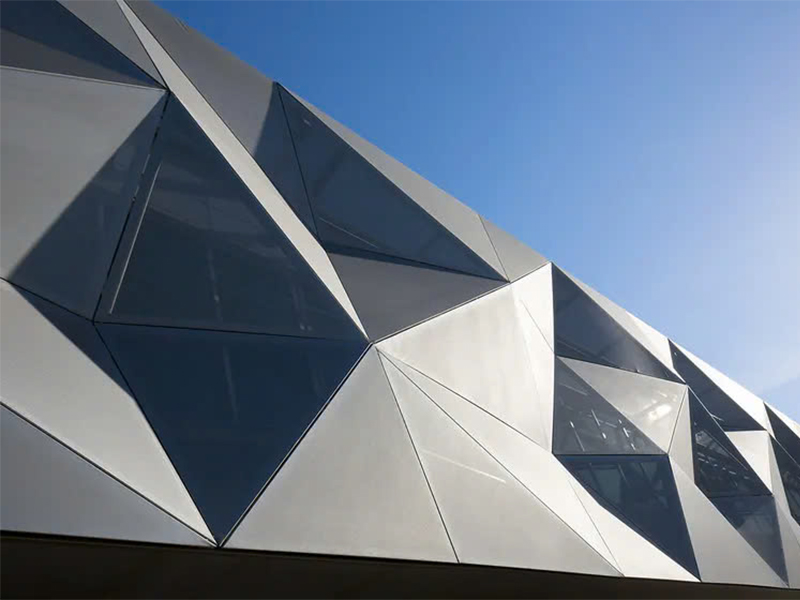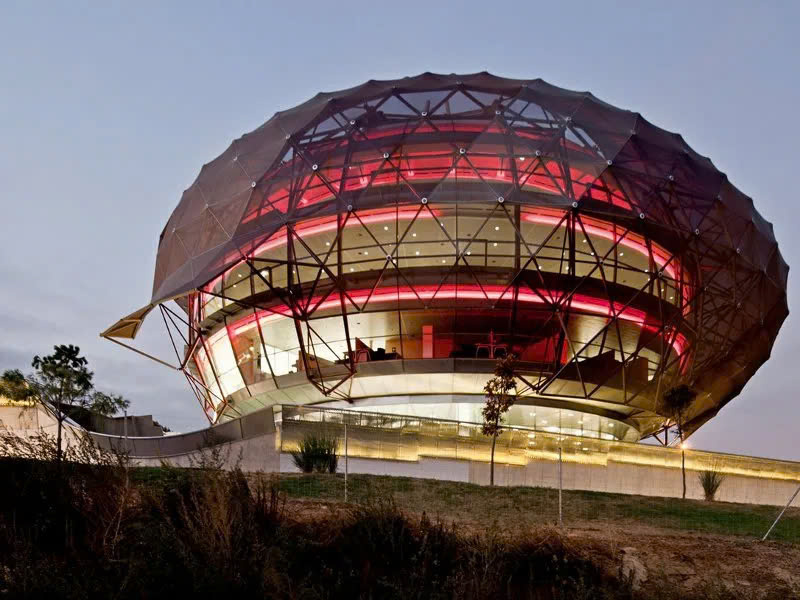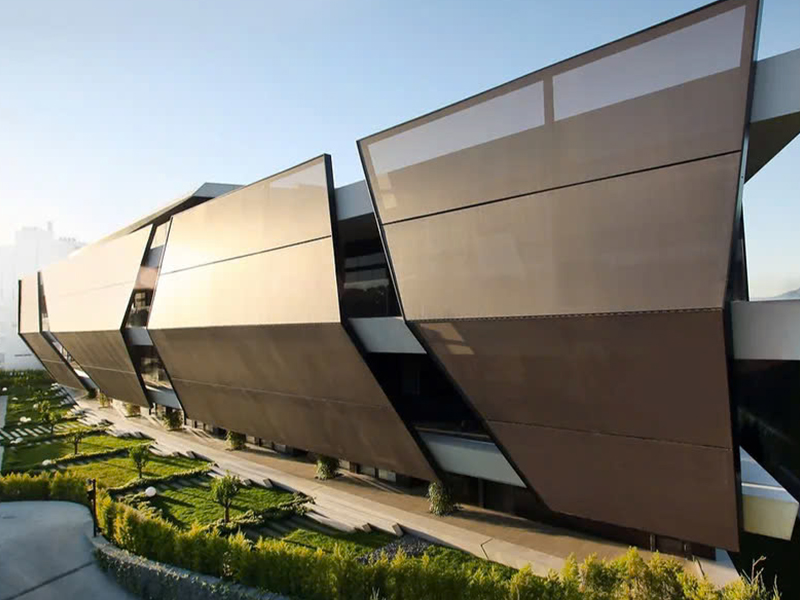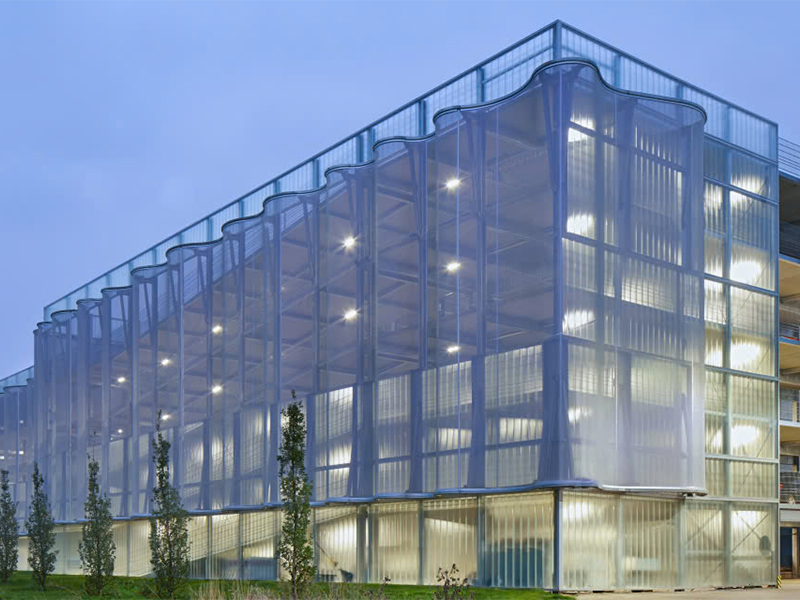Current Situation and Solutions: The Role of Architectural Tension Fabric Technical Details in Sustainable Design and Construction
The combination of the shape of the architectural fabric and the technical details of the architectural fabric is the key to creating a beautiful and durable architectural fabric design. In particular, choosing the right details not only creates stability for the entire system, but also increases the aesthetic value many times over. The role of some details is to shape the architectural fabric system, others have the function of transmitting force to the main structural system. Any architectural fabric design needs a continuous boundary system that plays the role of shaping the entire system and transmitting force from the membrane to the main structural frame. This boundary system can be a cable that provides flexibility, or it can also be a fixed frame. At the intersections between the boundaries, we call it corner details, designed with many different shapes and methods.
—
Technical Requirements Analysis & Solution Context
The design of architectural tensile fabric places high technical demands on precision, load-bearing capacity and aesthetics. Each detail in the tensile fabric system must not only ensure the function of shaping or transmitting force but also contribute to the overall harmony of the structure. The biggest challenge is how these details can withstand environmental impacts (wind, rain, temperature) and heavy loads, while still being sophisticated, hidden or becoming architectural highlights. This context requires a deep understanding of materials, structural principles and processing techniques to create detailed solutions that are not only stable but also enhance the artistic value of the tensile fabric structure.
—
Technical Solutions
The selection and design of architectural fabric technical details play a key role in creating a sustainable and aesthetically pleasing project. Below are the definitions and roles of some important details:
CT01 – Splint Type
This is a fairly common architectural tension fabric technical detail, often found in shaped frame systems. The architectural tension fabric will be connected to the frame system by a metal bar or clip detail. This detail will connect the tension fabric to the frame system through bolts, helping to shape the architectural tension fabric into the shape desired by the architect, ensuring the tension surface is flat and wrinkle-free.
CT02 – Pyramid
This architectural fabric technical detail will appear in cone shapes, facing up or down. The architectural fabric will be connected to a metal ring designed to fit the round hole and fixed with bolts or clamps. On the top, this detail can also have a custom designed metal cap to increase aesthetics, or serve the purpose of natural ventilation, helping to control temperature and air circulation under the roof.
CT03 – Cable Type
For designs with isolated edge columns or frames that need reinforcement to achieve a certain balance, the use of tension cables to transmit force is essential. This tension detail can transmit force down to the ground or be connected to the existing frame for designs on existing structures. In addition, using transmission cables also reduces the weight of the frame load, while also bringing a higher aesthetic effect due to the elegance and modernity of the cables.
CT04 – Roof Slot Cable Type
This architectural tensioned canvas technical detail is often encountered in designs with a change in architectural tensioned canvas height. At that time, the roof slot cable system has a curved or sagging shape and is inserted into the gaps between the roof sections or uses independent hanging brackets. The purpose is to accurately shape the desired shape, while providing stability for the entire architectural tensioned canvas system over a large area under the influence of external factors such as wind and rain, ensuring that the surface is not deformed.
CT05 – Fixed Frame Type
The diversity of architectural tensile fabric forms (shaped frame, hanging form, mobile form, inflatable form) entails meeting the technical details of the architectural tensile fabric auxiliary frame system suitable for each form above. This system can be made from any material that is sufficient to transmit force to the foundation: iron, steel, concrete, bamboo, wood or other special materials related to the aesthetic value of the project, ensuring maximum flexibility in design.
CT06 – Edge Cable Type
The edge cables are designed to create a curve around the perimeter of the fabric. The tension from the membrane is transmitted to the edge cables and then to the load-bearing frame. Typically, the edge cables slide inside a pocketed section of the fabric or can be fitted with an edge brace. This detail not only serves to define the aesthetic but also ensures the stability of the fabric edge, preventing vibration or deformation due to wind.
CT07 – Corner Type
The technical details of the corner architectural canvas are located at the intersection of the border, designed with many different shapes and methods. Using the corner details properly will help the architectural canvas to be stable and adjust the tension direction within a certain range, minimizing the risk of water stagnation in the corner and bringing high aesthetic efficiency, creating sharp lines for the project.
CT08 – Hanging Column Type
For architectural tensioning systems with limited space in contact with the ground, or areas surrounded by surrounding structures, the technical details of the architectural tensioning system are used instead without having to contact the ground. Instead, the suspension column system uses a cable system connected to the surrounding structure, lifting the architectural tensioning fabric at a higher point, creating a slope to help drain water easily, while bringing a unique and impressive beauty.
CT09 – Cable Connection System
The cable-based tensioning system is used as a link between the corner detail and the load-bearing frame. These cables can be varied in length or angle to ensure the necessary flexibility for the joint positions, allowing precise adjustment of the tension and shape of the entire tensioning system.
CT10 – Seam
This is the connection detail between the membrane panels, carefully calculated according to the specific parameters of each type of architectural tension fabric to meet the load-bearing and force-transmitting capacity as well as the durability and aesthetics of the entire architectural tension fabric system. Normally, this seam will be heat-welded between the two overlapping edges of the fabric. Some other seam details use sliding rails or other special connections. The aesthetic aspect is emphasized above all because it is clearly shown when the architectural tension fabric system is completed, creating delicate lines on the roof surface.
CT11 – Canvas Material
Architectural stretch fabric is a material made from woven fibers. There are many types of architectural stretch fabric with different colors and types. Choosing the right type of architectural stretch fabric depends on many factors such as durability, longevity, color, type of construction, and covering function (e.g. light transmission, fire resistance, waterproofing), ensuring the features and aesthetics are suitable for the project requirements.
—
Results and Performance Evaluation
Understanding and properly applying the technical details of architectural tensioned canvas is the key factor to creating an architectural tensioned canvas design that is not only beautiful but also durable. Details such as braces, tops, cables, fixing frames, edge cables, corners, hanging columns, connecting cables, seams and canvas materials all have separate but complementary roles, from shaping the canvas system, transmitting force, to ensuring stability and safety for the entire project. The sophistication in the design and processing of these details helps to minimize the risk of water stagnation, increase resistance to external impacts and enhance the overall aesthetic value. This allows the creation of unique, lightweight architectural tensioned canvas works that go beyond the traditional framework, bringing outstanding efficiency in terms of functionality and lasting beauty.
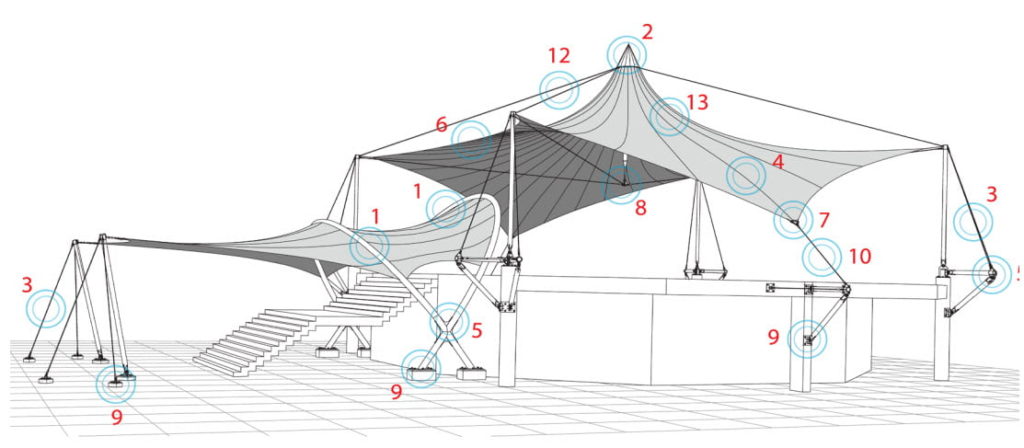

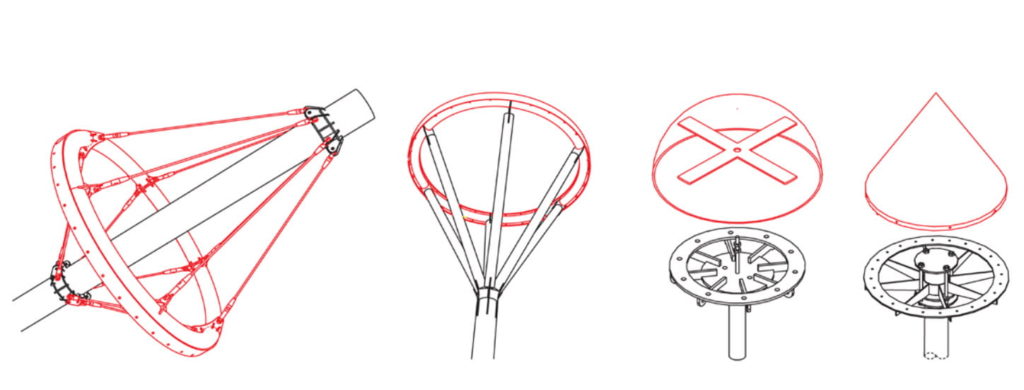




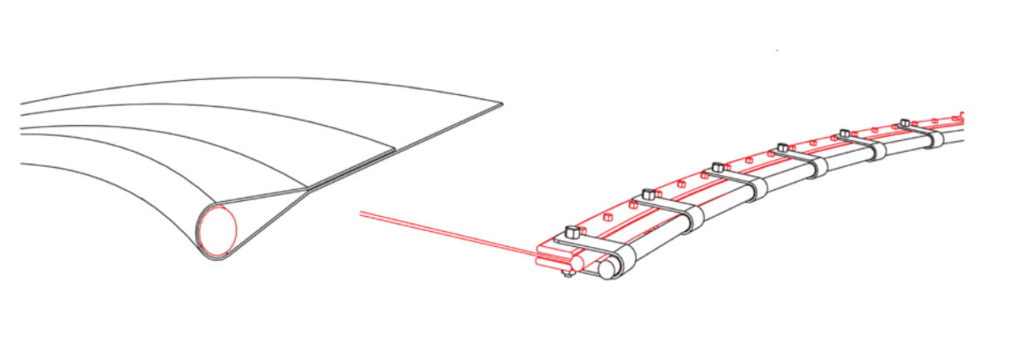




—
Contact Technical Consulting
Flexiiform is a professional Tensile Fabric design and construction company in Vietnam. With a team of well-trained and skilled Architects and Engineers, we are proud to be the only unit in Vietnam to receive professional advice from FasTech Company – The leading company in designing and constructing tensioned canvas structures in Thailand, with nearly 30 years of prestige and experience in the industry and successfully implementing more than 1,000 tensioned canvas projects in Thailand and Southeast Asia.
With the strength of creative ideas in tensile fabric architectural design, along with practical construction methods, Flexiiform is confident to bring the most optimal solutions for each specific project, especially projects related to tensile fabric cover structures and complex architectural tensile fabric technical details. We are committed to consulting the right solution according to requirements, ensuring sustainable and highly aesthetic projects.
Contact information:
Company: Flexiiform
Phone: +84 8678 68830
Website: https://flexiiform.vn/
Fanpage: https://www.facebook.com/flexiiform/









